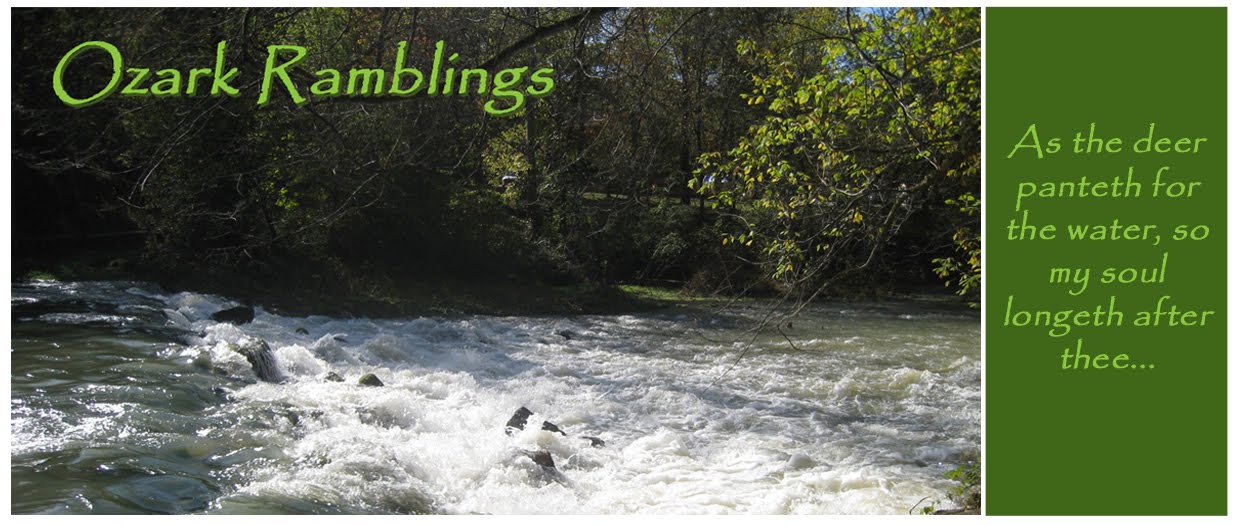If you’ll recall my T is for Thomas Hart Benton Murals post, I mentioned the artist correctly painted the colonial home as being built with vertical planking. You can still see examples of that architecture in Ste. Genevieve. Three of the five remaining “poteaux en terre” (Posts in the ground) style homes in the nation are here.

You may want to start your tour at the Bolduc House and Museum. He was one of the richest men in town (from growing tobacco). The home was built in 1792 and survived the series of New Madrid earthquakes in 1811-12. The director of the museum was a homeschooling parent and they have monthly activities for homeschoolers as well as a day camp in June.

"Photograph from the street of the Amoureaux House in Ste Genevieve MO" by Andrew Balet - Own work. Licensed under CC BY 3.0 via Wikimedia Commons.
Our next stop, the Bauvais-Amoureux House was built in the same year (1792). (Note: some sources spell the name as Beauvais). The focus on this stop will be a woman named Pelagie. She was a “mulatto” and born a slave in the Vital Beauvais household, but fell in love with a white man named Benjamin Amoureux. The two snuck across the river to Illinois and found a priest to marry them (illegal in 1830). The widow of her former master freed Pelagie and her infant son in 1832, but that did not end her struggles. Her children for example, all free, could not attend school because it was illegal to teach a mulatto to read or write.
Next stop is the Jacques Guibourd Historic House built in 1806. The story here is about the owner’s harrowing journey to arrive in Ste. Genevieve in the first place. He had been working and living in St. Dominique (now called Haiti) when the slave rebellion of 1791 broke out. His own slave remained loyal, sealing him in a cargo barrel and loading him onto a ship bound for France. France wasn’t any more peaceful—it was the height of the Revolution. He ended up leaving his homeland and settling in this French-Speaking ville along the Mississippi River. The tour of the house also features the architecture, from the posts in the ground to the beam supporting the roof in the ceiling.
The best way to visit all these homes (and others) is with a Passport to Ste. Genevieve—all the sites for only $15. Of course you can visit the homes individually and pay an entrance fee at each if some interest you more than others. In addition to the permanent tourist spots, there are several French inspired annual events:
- La Guiannée—on New Year’s Eve the French settlers dressed in costumes and took to the streets singing a beggar’s song for favors. There’s a great YouTube video that explains the custom and you can hear a recording of the song from 1957.
- The King's Ball—was originally the French’s way of celebrating Twelfth-Night. Today attendees dress in colonial attire and dance to traditional music. Now the ball is held in February and there are some ties to Mardi Gras.
- The French Festival is held each June with more dancing and music, French foods and wine tasting. You can have tea with Marie Antoinette (who has everything to do with France and nothing at all to do with Ste. Genevieve as far as I can tell.
- And finally Jour de Fête in August has nothing historical about it, but it’s a great craft festival.
I’m linking up with …



No comments:
Post a Comment